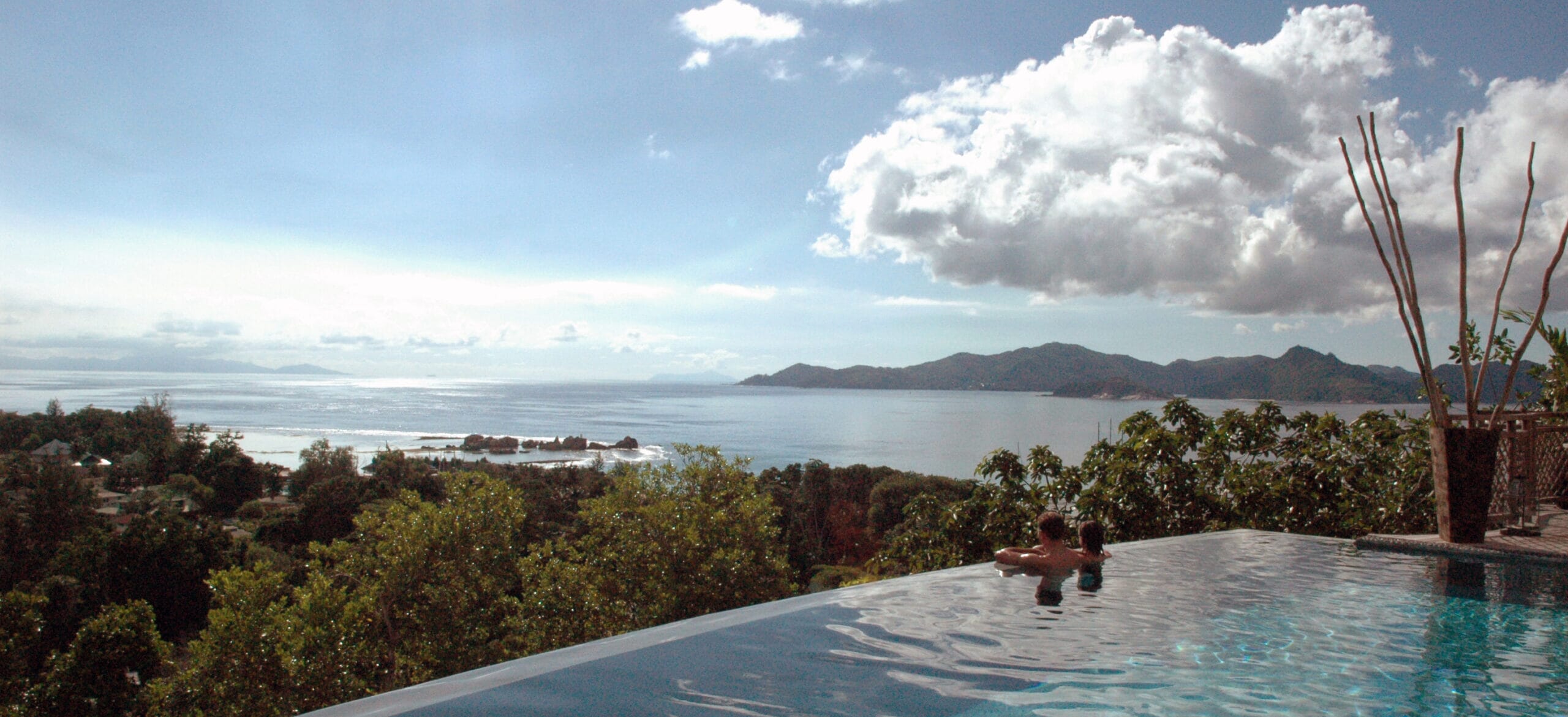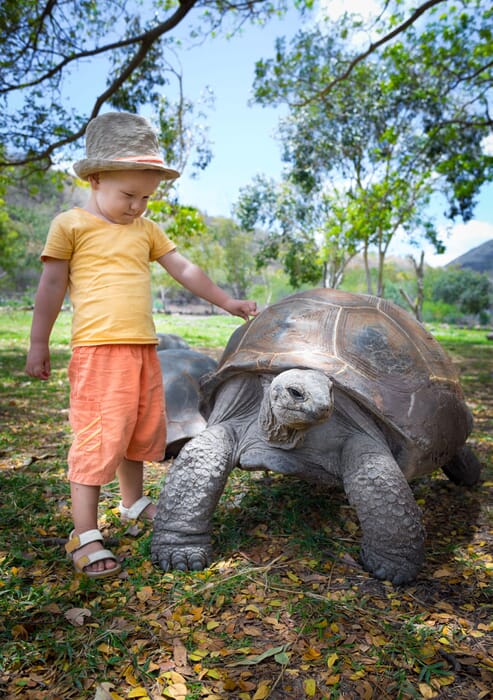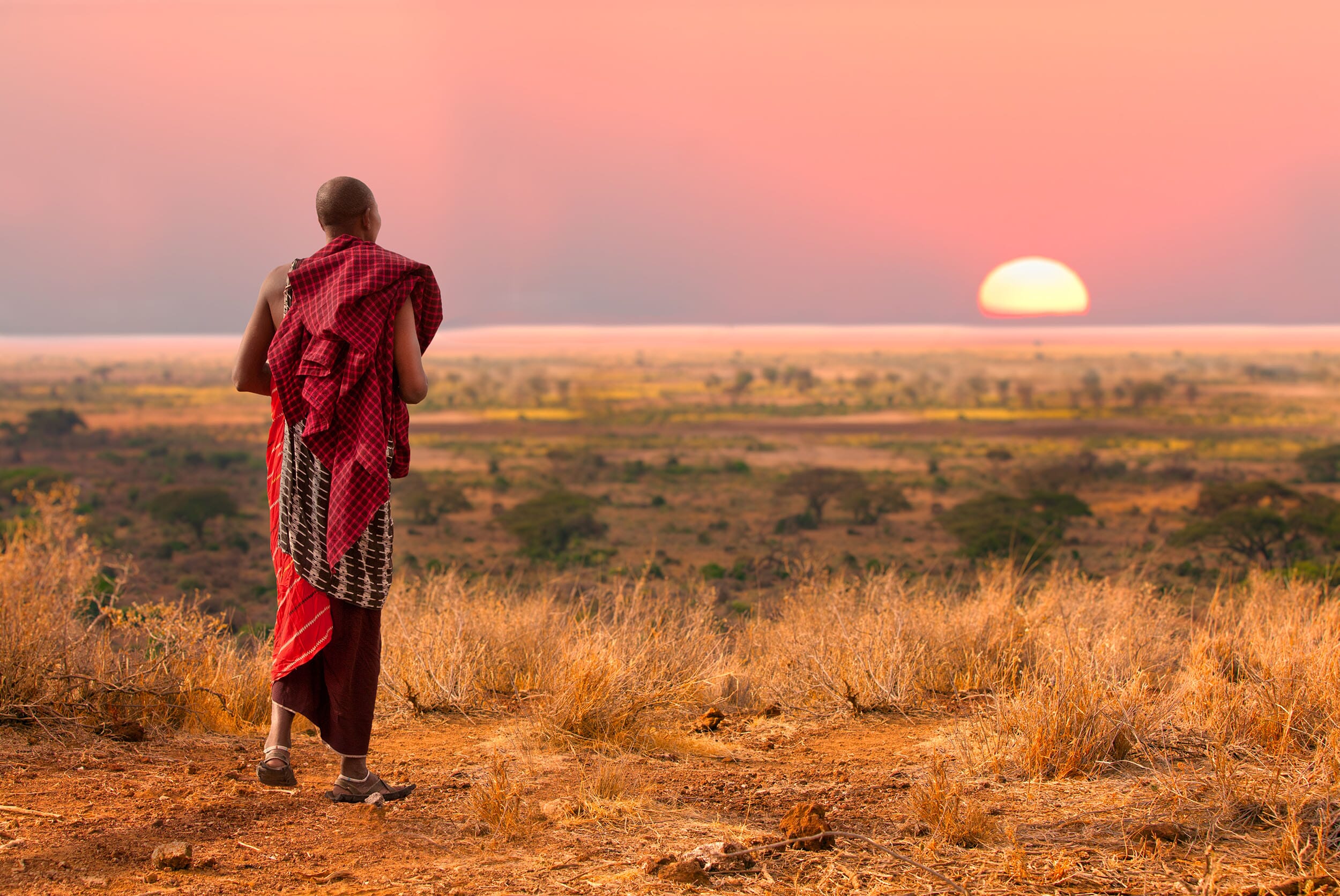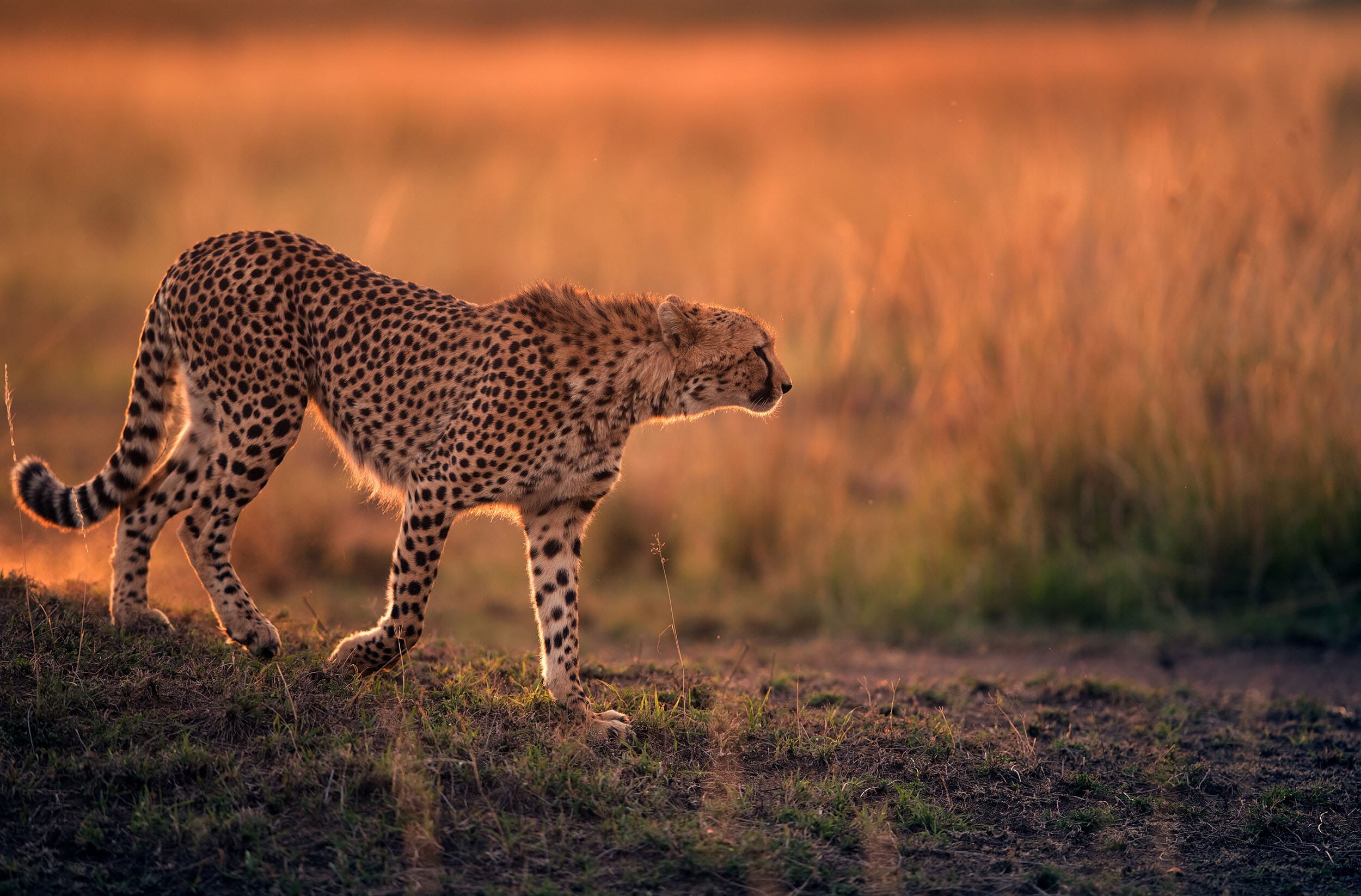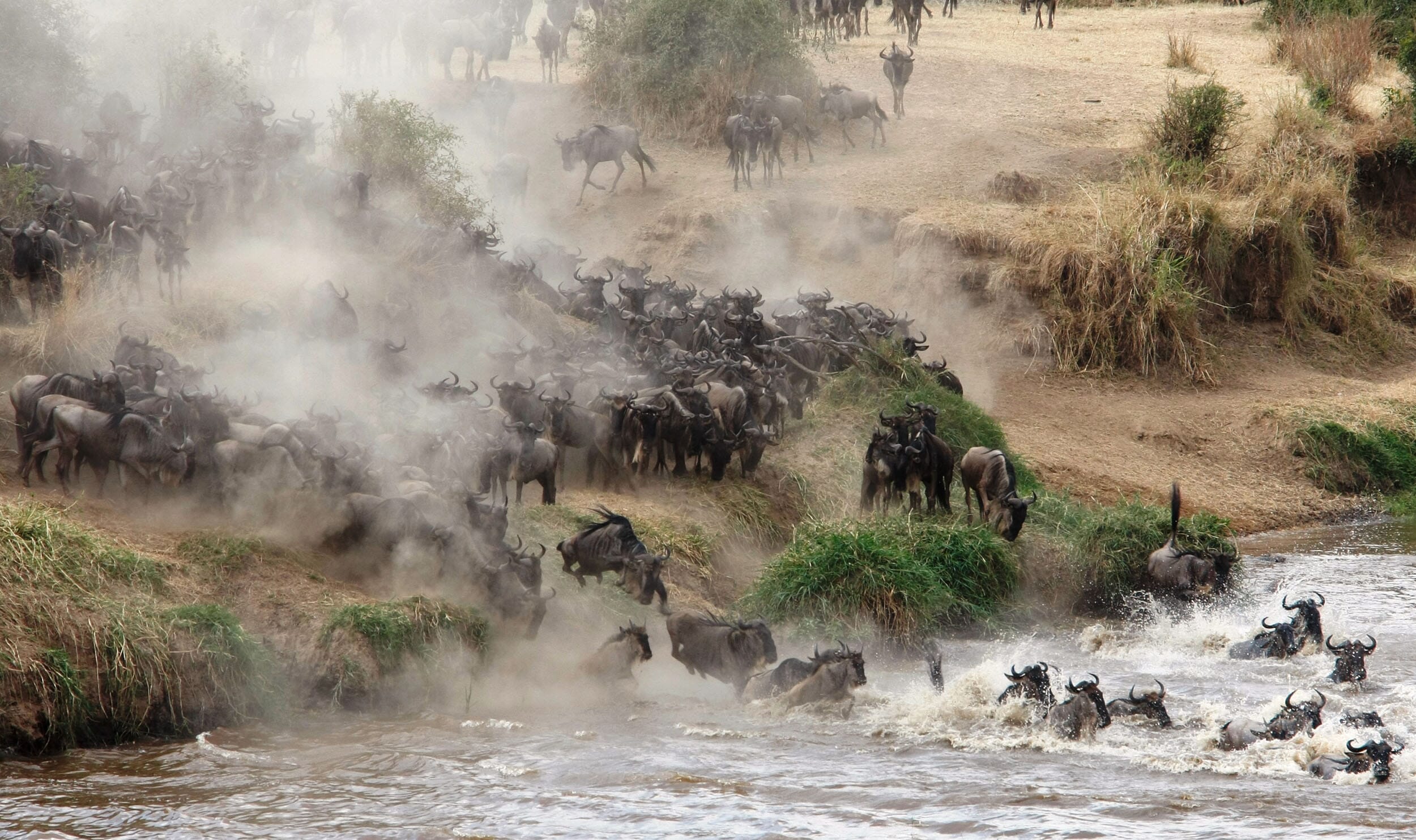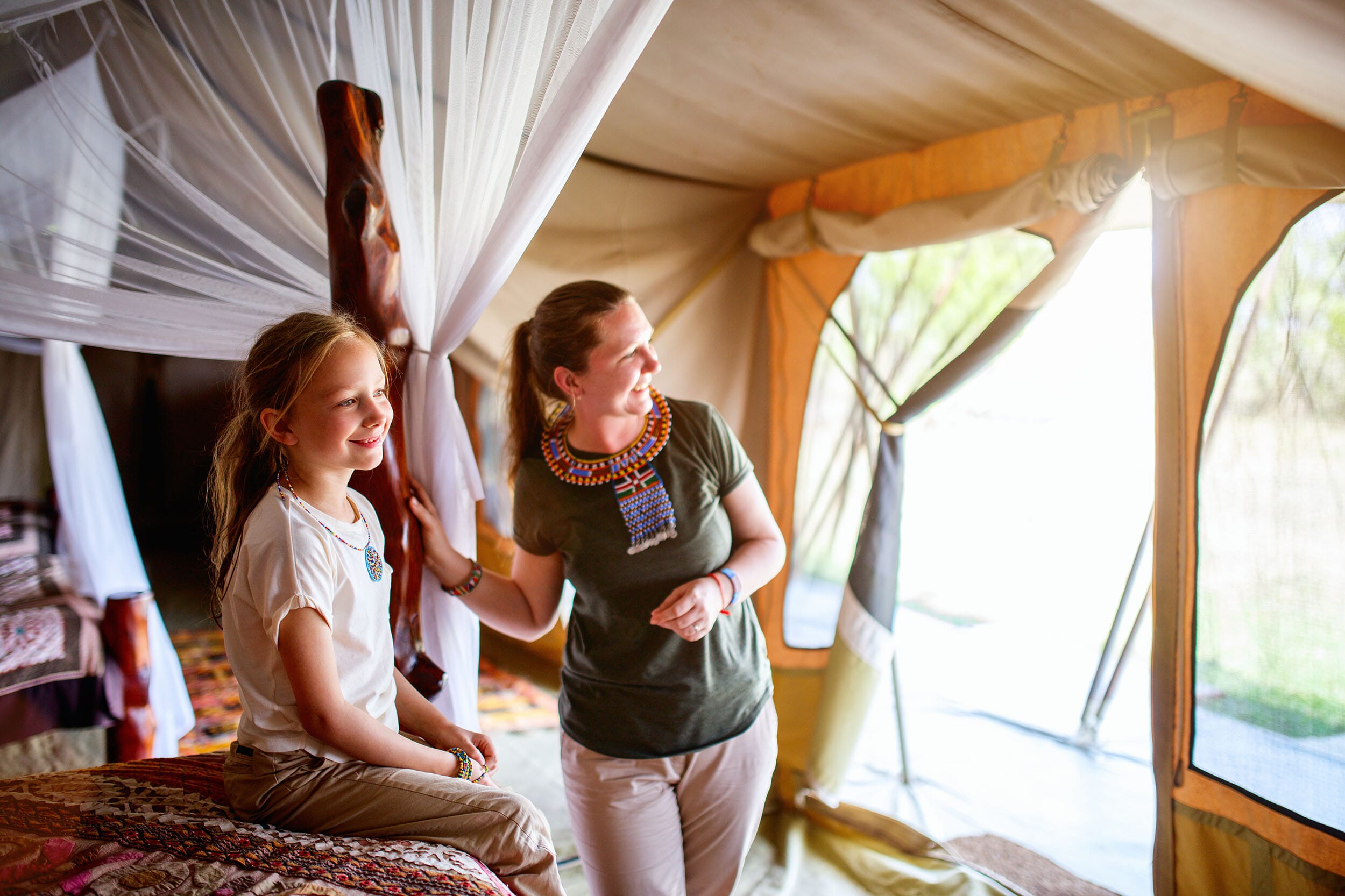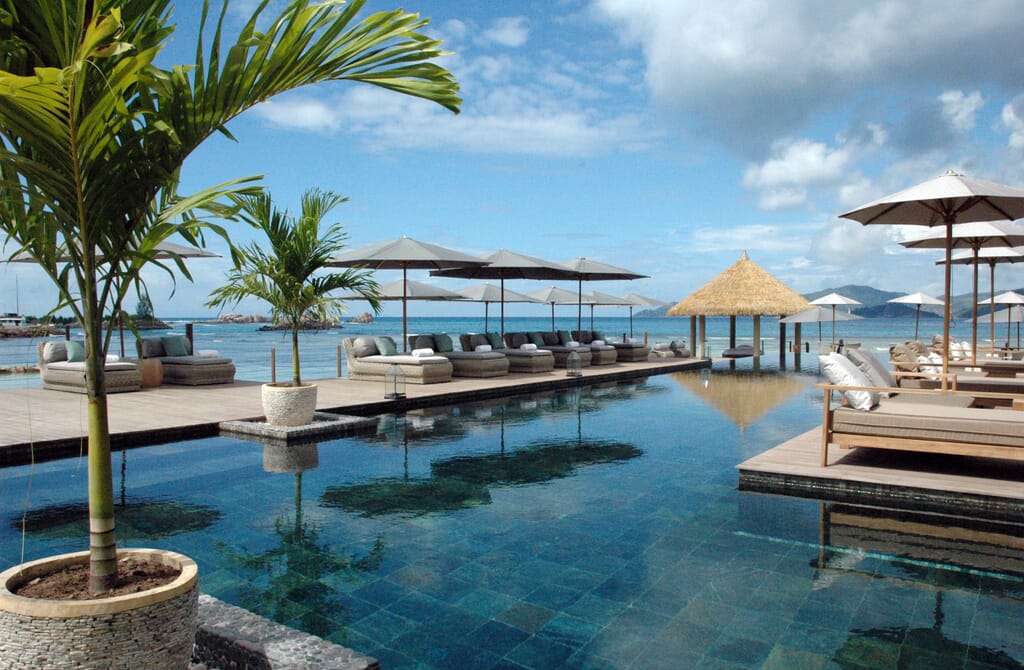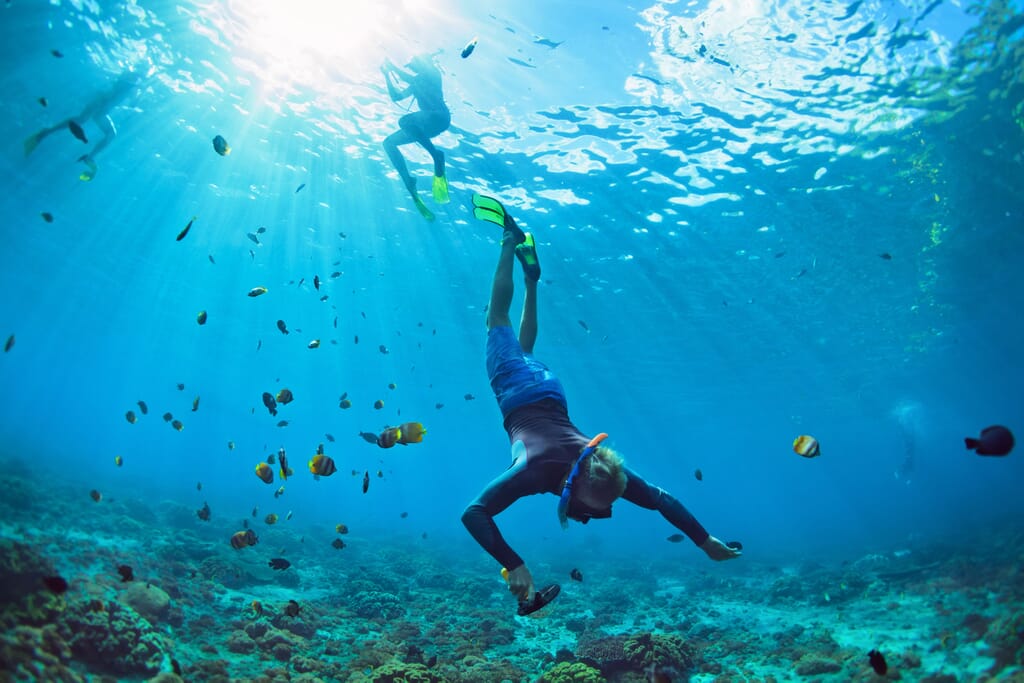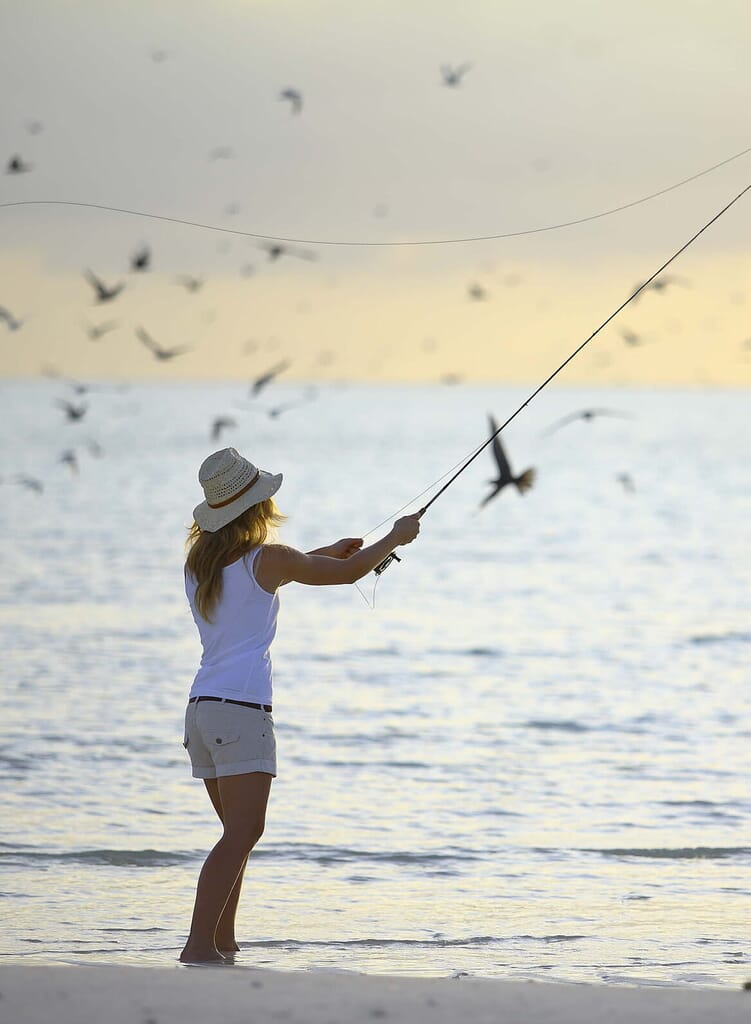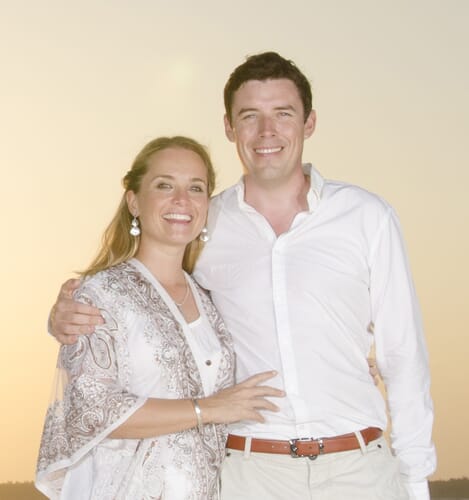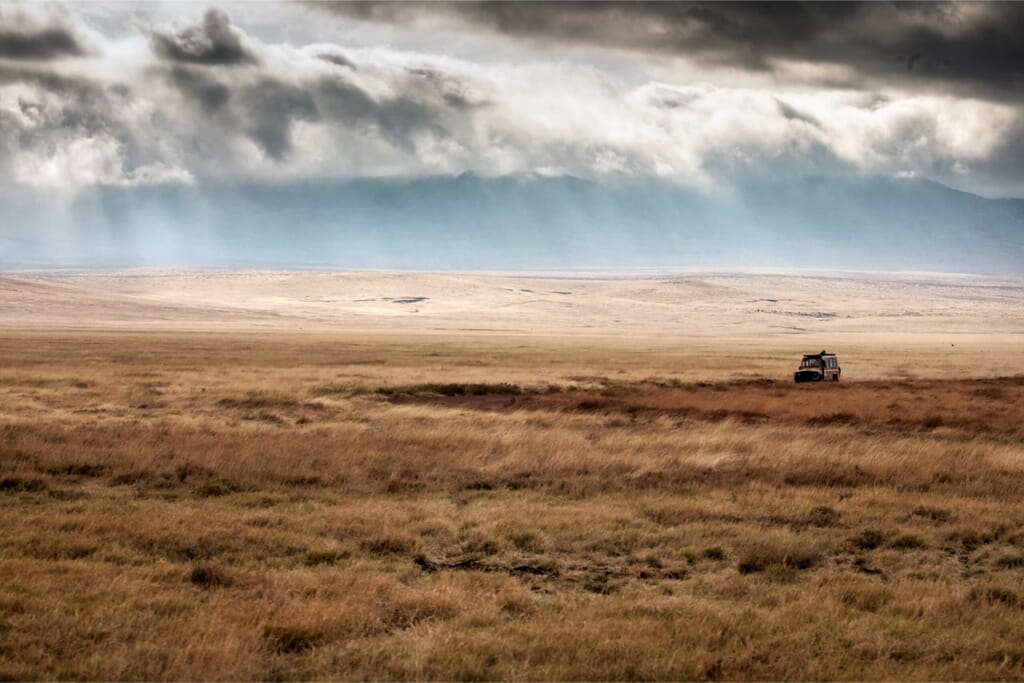Getting there
La Digue has no airport, so tourists usually arrive here by ferry from either Mahé or Praslin.
What to do?
The beaches of La Digue are spectacularly beautiful with the most famous being Anse Source d’Argent. A picture-perfect, postcard beach surrounded by granite rock formations. It’s worth spending at least a day exploring and finding a shaded cove to relax in.
We recommend heading out on bicycles and discovering the many beaches and coves around the island. A cycle through the forest to Grand Anse in the south east, followed by a hike along to Anse Cocos makes for a memorable day out.
As with the other islands, the best snorkeling locations will vary with the wind direction. From November to March, Anse Source d’Argent is calm and has a shallow fringing reef where it’s common to see turtles. From June to September, Anse Severe in the north west is calm and offers beautiful snorkelling.
Veuve Nature Reserve, in the centre of the island, has a lovely walking trail and is home to the critically endangered black paradise flycatcher (the Veuve – widow). Near Anse Source d’Argent there is a large population of giant Aldabra tortoise. La Digue’s tallest peak is Belle Due, in the centre of the island. We recommend a hike (or taxi ride!) up here just before sunset to sit and admire the view, whilst watching fruit bats swoop over the island.
When to go?
The best time to visit La Digue is either April and May, or October or November when the wind is at its calmest. However, any time of year is guaranteed to offer a charming and laid back stay on one of the Indian Ocean’s most beautiful islands.
